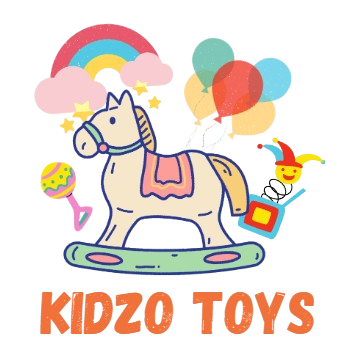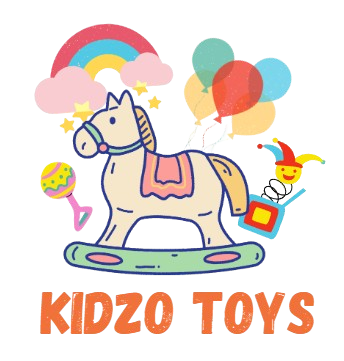Blog
Can The Toy Be Used In Multiple Ways Or Grow With The Child Over Time?
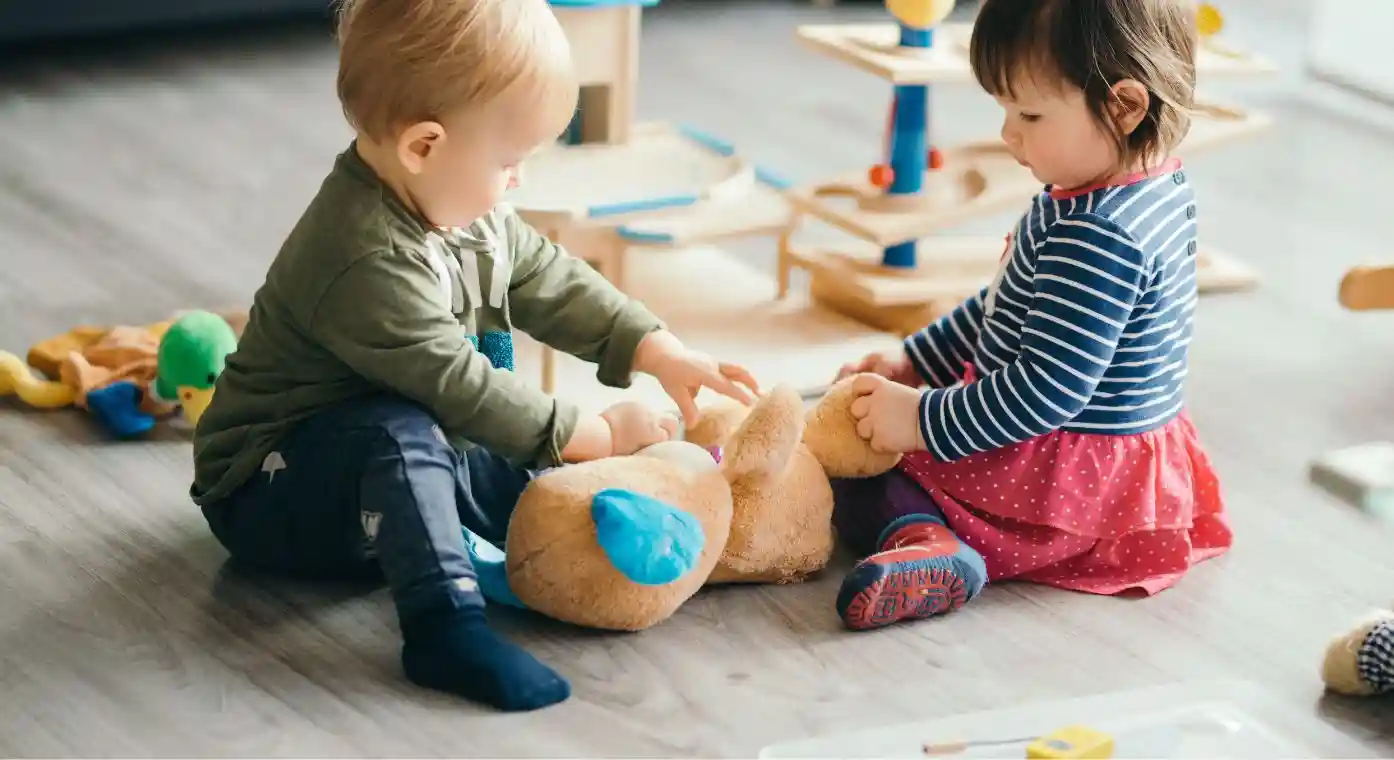
Introduction
Toys play a central role in a child’s world, offering more than entertainment—they help shape how children think, feel, and grow. One of the most essential qualities that modern parents are seeking in toys today is versatility. The question “Can the toy be used in multiple ways or grow with the child over time?” has become a valuable lens through which thoughtful parents evaluate their purchases. A toy that offers multiple modes of play or adapts to different developmental stages delivers continuous value, stimulates ongoing learning, and prevents boredom. In this in-depth guide, we will explore the benefits of multipurpose and age-adaptable toys, how they support long-term development, what to look for when choosing them, and why they’re a smarter financial and developmental choice. Please visit this.
Understanding What Makes A Toy Versatile Or Age-Progressive?
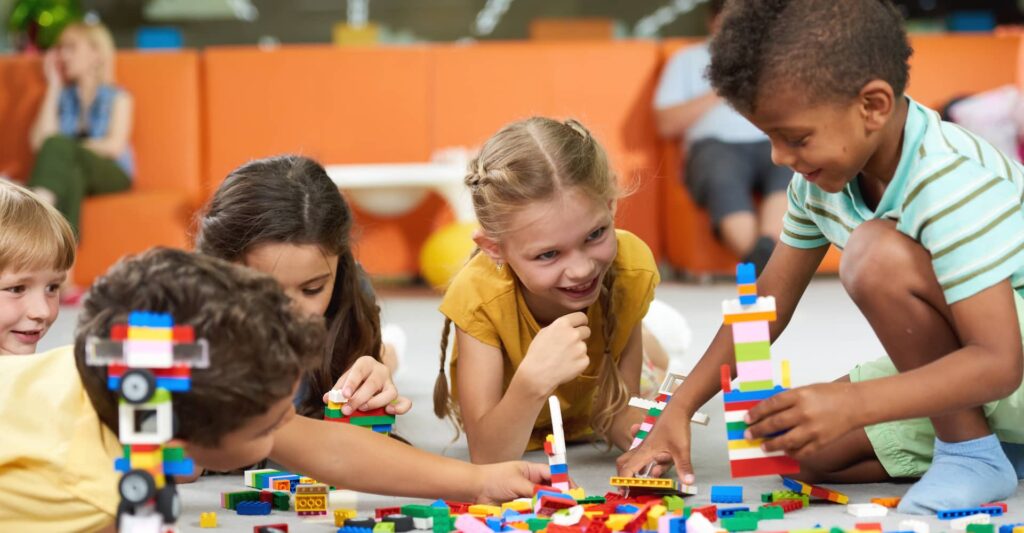
A versatile toy is one that can be used in several different ways, allowing the child to explore various modes of play, either simultaneously or over time. These toys do not have a fixed or singular purpose—instead, they encourage experimentation, imagination, and adaptation. A toy that grows with a child does so by evolving to meet their advancing cognitive, emotional, and physical needs. These may include toys with adjustable difficulty levels, modular parts, open-ended play features, or educational elements that scale with age. Such toys avoid the common pitfall of becoming obsolete within a few months. Instead, they transition along with a child’s developmental journey, offering new challenges and inspiration at every stage.
The Lifespan Of A Toy: Why Durability Meets Development
One of the overlooked aspects of toy selection is longevity—not just in terms of physical durability, but developmental relevance. Many parents find themselves buying new toys frequently as their children outgrow them quickly. A well-designed toy that grows with the child saves money and reduces clutter while continuing to offer meaningful engagement. For instance, a set of interlocking building blocks may serve an infant as a sensory exploration tool, become a structure-making set for a toddler, and later evolve into complex engineering for an older child. The longer a child can use a toy, the deeper the relationship they build with it, which often translates into more sustained learning and affection. This extended engagement also teaches values like resourcefulness, imagination, and care for one’s possessions.
Open-Ended Play: The Secret To Long-Term Engagement
Open-ended play is one of the most powerful qualities of a toy that adapts with time. These toys are designed to be played with in countless ways and don’t come with strict instructions or rules. Examples include wooden blocks, dolls, toy animals, art supplies, and magnetic tiles. A toddler may begin by stacking or sorting, while an older child might build elaborate structures or create dramatic storytelling scenes. Open-ended toys provide a canvas for creativity, encouraging children to reinterpret them as their skills, imagination, and understanding of the world expand. This kind of play doesn’t become stale or boring because the experience changes with the child’s interests and abilities. Parents quickly realize that toys with a single mode of play can become background clutter, while open-ended ones remain in active use for years.
Educational Toys With Scalable Complexity
Another defining feature of a toy that grows with a child is the ability to increase in complexity. Many educational toys are designed with layered features that start simple and advance as the child becomes more skilled. For example, a shape sorter might begin with basic color and form matching, but later encourage pattern recognition, counting, or sequencing. A coding robot could offer beginner tasks for younger children, then introduce more advanced programming logic for older kids. These toys present learning as an evolving experience and help build confidence by allowing children to master foundational concepts before progressing. By growing with the child, the toy becomes a trusted learning companion, one that supports development without overwhelming or under-challenging the user.
Adjustable Physical Toys That Accommodate Growth
Some toys are built with physical development in mind and can be adjusted as the child’s body grows. Ride-on toys that convert from push-walkers to pedal trikes, modular climbing sets, and adjustable basketball hoops are all designed to scale with a child’s size, strength, and coordination. These toys not only offer continued utility over the years, but they also promote physical development by encouraging active engagement at every age. They can be used indoors or outdoors and often support both independent and social play. The value of adjustable toys lies in their ability to match a child’s changing physical abilities without requiring a complete change in equipment. This adjustability reinforces a sense of mastery and accomplishment as children graduate from one level of difficulty to the next.
Role-Play And Imaginative Toys That Grow With Narrative Complexity
Dolls, costumes, toy kitchens, playhouses, and pretend tools are great examples of toys that grow as a child’s storytelling abilities and understanding of the world deepen. A two-year-old might use a toy phone to mimic adult behavior, while a six-year-old may use it to create detailed, imaginative conversations with multiple characters. As children develop emotional intelligence and language skills, their role-playing becomes more complex and socially informed. Toys that support this kind of play offer a safe space for children to experiment with empathy, conflict resolution, and problem-solving. They also allow for repeated reinterpretation of the same objects. What was once just a firefighter costume becomes part of a rescue operation storyline or a school play setup, continually shifting to match the child’s creative growth.
Modular And Expandable Toy Systems
Toy systems designed with modularity in mind—such as train sets, LEGO, magnet tiles, and track builders—are excellent examples of toys that can be used in multiple ways and evolve over time. These systems are designed to be added to, combined, and reinvented continuously. Children can begin with basic models and gradually move to more intricate builds as their dexterity and thinking skills improve. The expandable nature of these systems provides ongoing interest without replacing the entire toy, offering both economic and developmental benefits. Additionally, they allow for collaborative play, enabling siblings or friends of different ages to play together at their own levels of complexity within the same toy environment.
Creative Tools That Evolve With Artistic Maturity
Art and craft kits often contain tools that children grow into rather than out of. Crayons might turn into colored pencils, finger paints evolve into acrylics, and simple stickers give way to scrapbooking and design kits. These materials not only develop fine motor skills but also support emotional expression and identity formation. As children grow, their ability to articulate through art becomes more refined, and having familiar but more advanced tools at their disposal empowers them. These toys teach perseverance, patience, and pride in creation—qualities that will serve them well beyond childhood. Whether it’s through drawing, sculpting, sewing, or building, creative tools invite children to explore their inner world at increasingly sophisticated levels.
Family Games That Adjust To Skill And Strategy
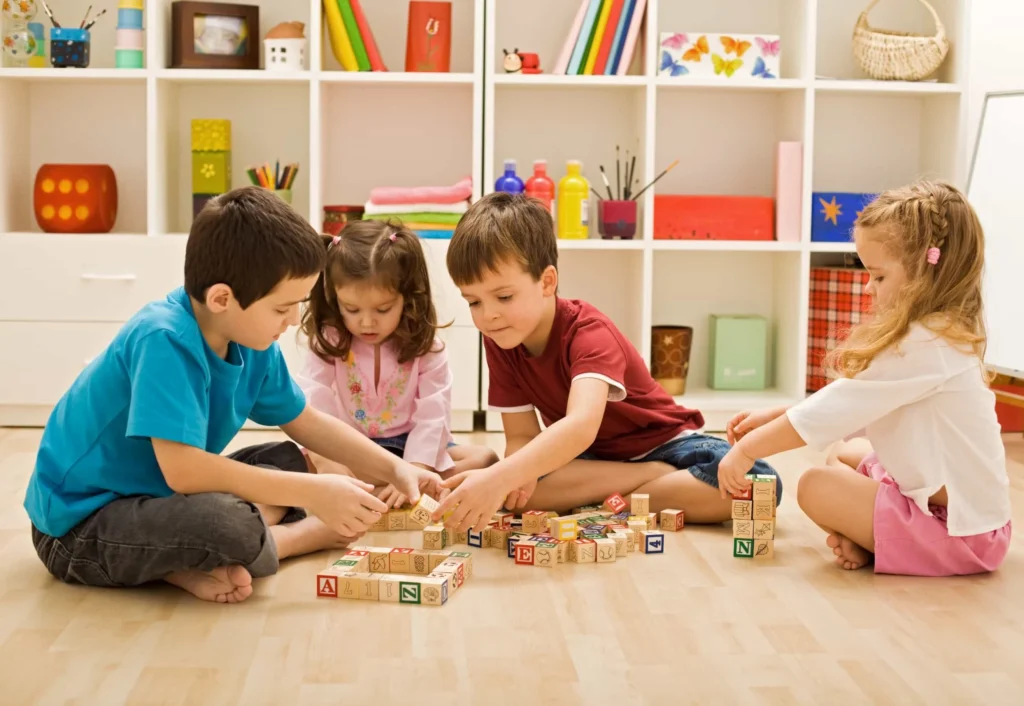
Board games and card games are often underestimated as long-term toys, but many are designed to grow with the child. Simple rule variations, increasing strategic complexity, or expansions to the base game allow for continued relevance. For example, games like Monopoly, Settlers of Catan, and Uno have variants suitable for different ages. Children may begin by learning the rules and counting, and later graduate to negotiation tactics, financial planning, or competitive strategy. Family games also foster bonding and communication across age groups, creating meaningful traditions and shared experiences. Games that evolve over time promote higher-order thinking and teach children to think ahead, consider consequences, and plan multiple steps in advance.
Digital And Tech-Integrated Toys That Scale Responsibly
Modern toys with digital components are now often designed with progression in mind. Learning tablets, smart toys, coding platforms, and even VR educational games offer content libraries that scale with age. What starts as an ABC learning app may later include geometry, language learning, or creative storytelling features. These platforms usually allow parental controls to manage what content is available at what stage. However, it’s critical to ensure these toys are used in moderation and in combination with hands-on, physical toys. When integrated responsibly, tech-based toys provide digital literacy and critical thinking skills that prepare children for the future, all while offering ongoing developmental support.
Financial And Environmental Benefits Of Long-Term Toys
Purchasing toys that adapt to multiple ages and stages also has a practical upside. Financially, these toys represent a better return on investment. Instead of spending repeatedly on new toys that are quickly outgrown, parents can invest in higher-quality, multifunctional items that offer years of play. Environmentally, this approach promotes sustainability by reducing waste and the constant cycle of buying and discarding. Some toy companies now offer eco-conscious modular toys made from recycled or biodegradable materials, aligning development with environmental responsibility. This approach teaches children the value of mindful consumption, encouraging them to reuse, repurpose, and respect their belongings.
Emotional Attachment And Familiarity With Long-Term Toys
Children often develop deep emotional bonds with toys that have been part of their growth journey. These familiar toys become sources of comfort, confidence, and identity. A well-loved toy provides a sense of continuity during times of change—such as starting school, moving homes, or adjusting to a new sibling. Toys that evolve over time reinforce a stable foundation from which children can explore the world. These attachments are not just sentimental but developmental, as they help build consistency, emotional regulation, and security. Familiarity breeds comfort, and comfort creates the safety necessary for exploration and risk-taking.
How To Identify A Toy That Will Grow With Your Child?
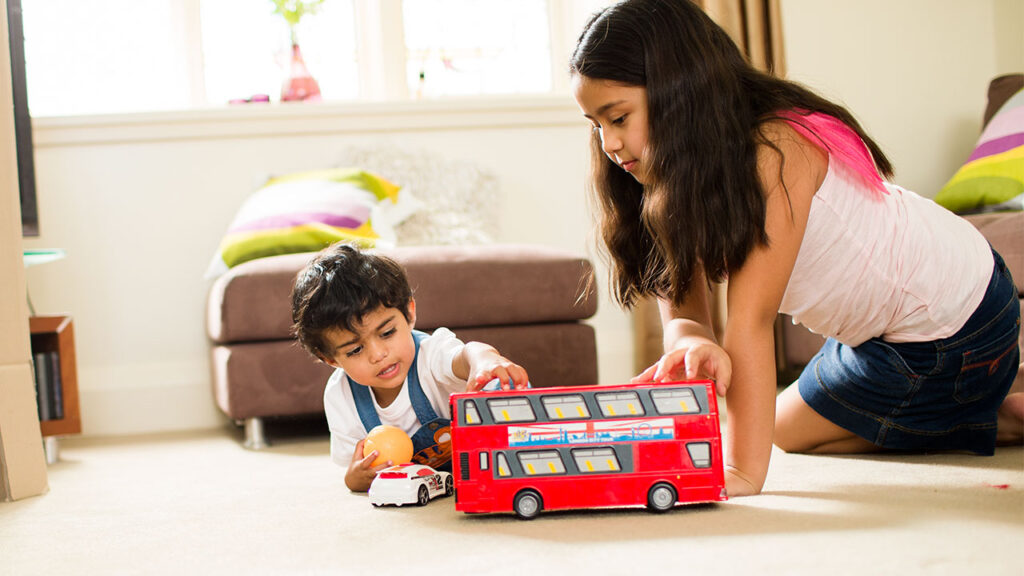
Parents can evaluate toys by asking a few key questions. Does the toy allow for different levels of complexity? Can it be used in multiple types of play? Are there expansion packs or accessories? Is it open-ended, or does it offer multiple functions? Can it be shared across different ages? Is the toy built to last in terms of both material and engagement? Choosing toys that pass this criteria ensures your child will remain engaged, challenged, and excited over time. It also builds a versatile toy collection that serves multiple purposes, fosters development, and reduces clutter.
Conclusion
Toys that can be used in multiple ways or grow with the child over time are among the most valuable additions to any child’s play environment. They offer endless opportunities for learning, creativity, movement, and emotional growth, while also providing long-term value to families. These toys adapt to your child’s evolving needs, support a variety of developmental milestones, and continue to engage long after the packaging is discarded. By investing in versatile, scalable toys, parents give their children the tools to grow not just through play, but because of it.
